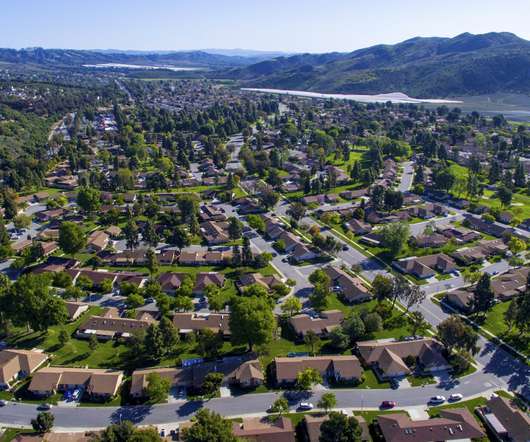Will the GSEs Repeat 2007 - 2009’s Large Losses?
The Stoop (NYU Furman Center)
NOVEMBER 7, 2022
Specifically, prices reached their pre-2008 peak in 2016 Q2 2 and then kept on rising at a strong pace 3 , with many analysts pointing to the shortage of new construction (both single and multi-family) as the major causal reason. percent range in the years prior to 2008, they now average around.50 After being in the 0.20 percent to 0.25












Let's personalize your content